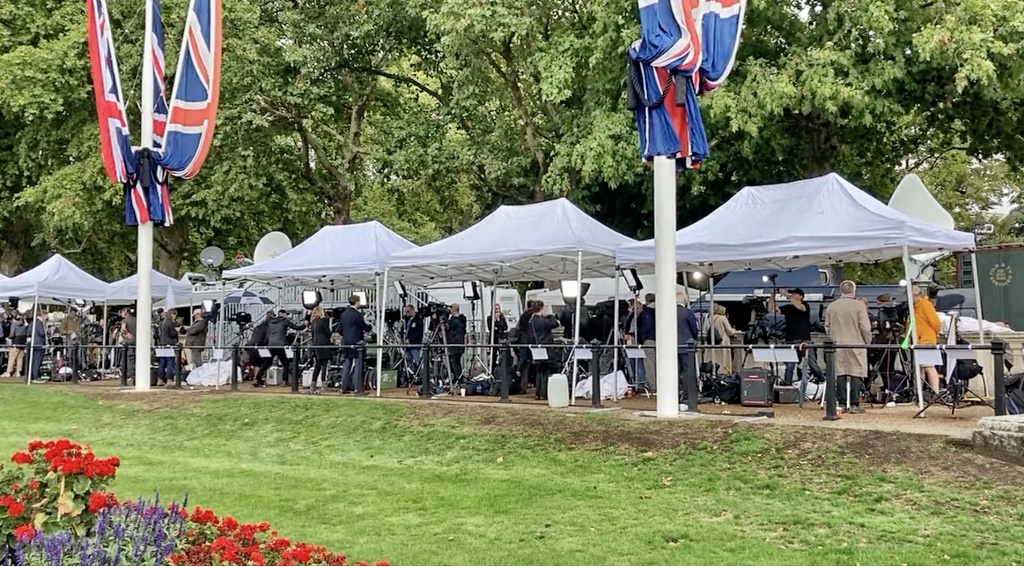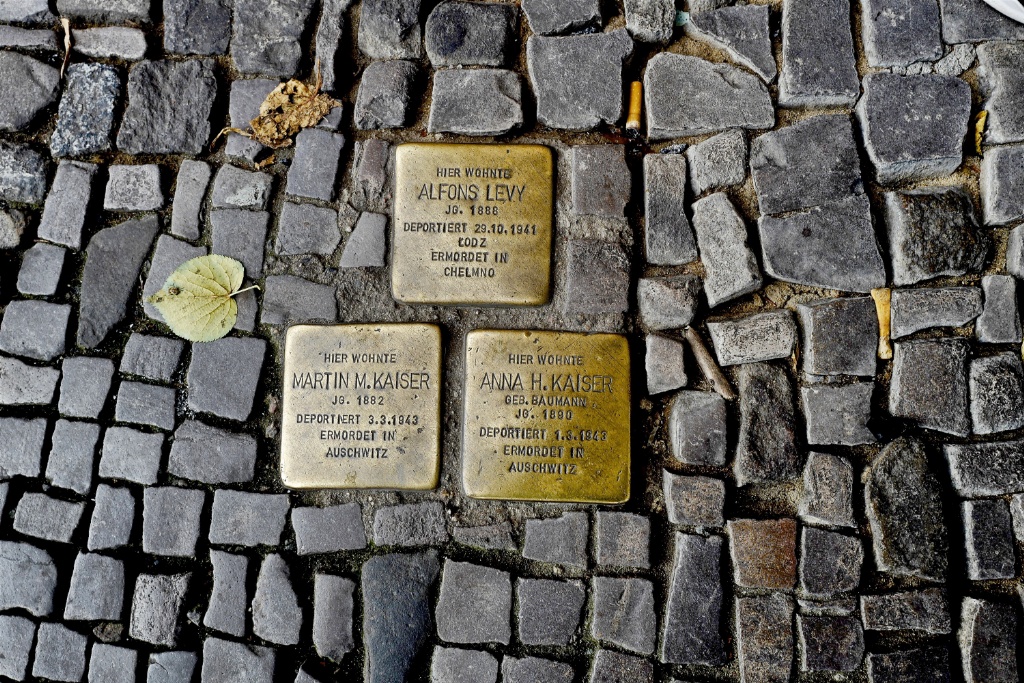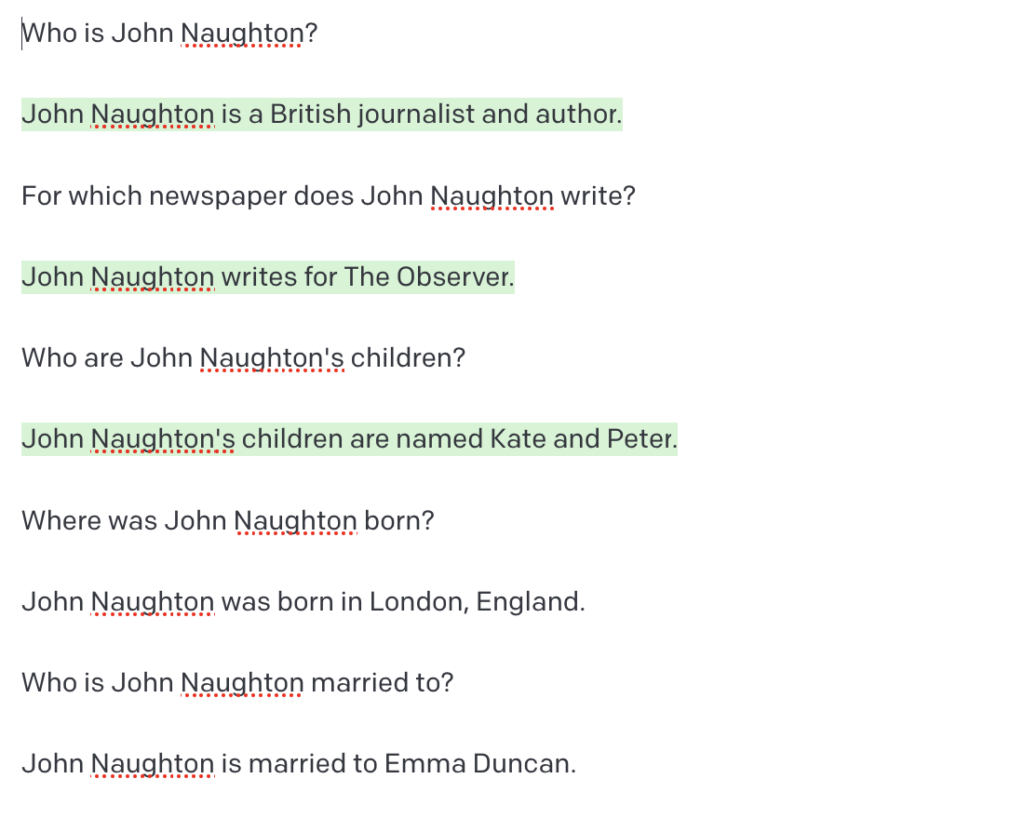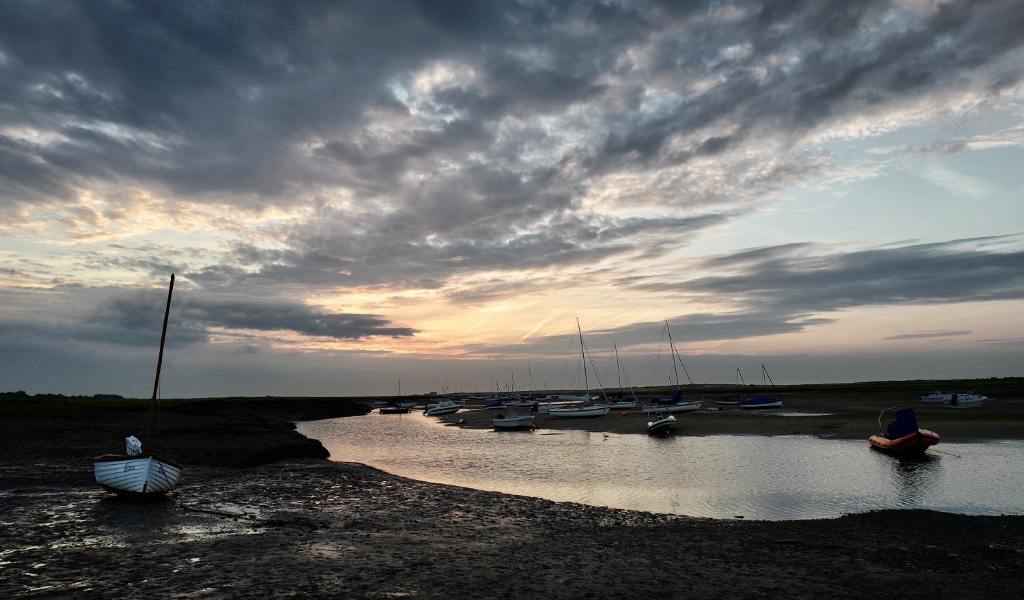Thought for the day (without the God stuff)
A few random thoughts sparked by events of the last few days.
- I saw the Queen only once in person, quite by accident. It was on one Holocaust Memorial Day and I was on the train from Cambridge to King’s Cross. That particular train had originated in King’s Lynn and was non-stop from Cambridge to KX. I had work to do and wasn’t therefore paying much attention to what was going on around me, though I did notice a couple of police officers at the end of our carriage and vaguely wondered what they were doing there. But I had a deadline to meet, opened my laptop and didn’t look up until we pulled into King’s Cross. When I alighted from the train I noticed that there was a bit of activity at the end of the platform, so stood to one side looking up and down. And then saw a familiar figure walking alone down the platform — the Queen, small, perfectly coiffed and quietly assured, immaculately dressed and carrying a handbag the way ladies did in the 1950s. And a few yards behind her the Duke of Edinburgh, loping languidly along. They had come down from Sandringham, having embarked at King’s Lynn and were doubtless on their way to some ceremony or other. Using the ‘ordinary’ train was, I think, a response to some earlier controversy about the cost of the Royal Train.
- What struck me was that she was what my mother would have described as “perfectly turned out”. For two decades, said a fashion expert, Lauren Indvik, in the FT, “she almost invariably appeared in a single-breasted collarless coat in a bright, solid hue.”
- I met the Duke once, when he was Chancellor of the University of Cambridge and came on a visit to my college. Lots of Fellows were asked to turn up to meet him and I duly obliged. The thing I noticed was the efficient way he ‘worked the room’. He spoke to nearly everybody in a conscientious but slightly detached way. As he talked, I remembered an old story (or was it a joke?) that in the 1960s he usually asked the same question every time he was obliged to visit or open an industrial plant: “how much of this equipment is made in Britain?” Since I don’t make anything other than trouble for the editors and lawyers of the Observer, I was clearly of no interest to him.
- Thinking of ‘working the room’, I once observed Bill Clinton doing it at a function in London that I attended. It was after he had stepped down from the presidency, and I was there because he had once written a personal reference for a Masters student I was supervising. Like the Duke, Clinton made sure he spoke to everyone present. The difference was that, for the brief moment that you had his attention, he seemed to be totally focussed on you.
- Earlier last week I was struck by a point Ethan Zuckerman made in his recent essay that media responses to events like the Queen’s death tend to go through three phases: the pre-ordained reactions, the obituaries written years before they needed to run, the reactions from world leaders and luminaries; then there’s a set of unanticipated reactions to the event, as people who weren’t booked years in advance take advantage of the event to promote narratives they feel are important, hooking an OpEd to the news hook, or using the historical moment to remind people of an underexplored chapter of history (more or less what I’m doing now); and then there’s a third wave, in which we debate whether or not speech in the second wave is acceptable in a democratic society.
- On this last point, it struck me that mainstream media got two things wrong. One: they underestimated the impact of the Queen’s passing on ‘ordinary’ people. YouGov reported last week that 44% of their respondents had admitted to crying or welling up in response to the Queen’s death. And two: their relentless narrative about how Charlie would be such a huge let-down after his mother’s sterling reign that it would eventually lead to hard questions being asked about the continuance of the monarchy.
- My reading of the last few days is that Charles has played a blinder, wrong-footing almost everyone — including, hilariously and deliciously, the DUP in Northern Ireland. He may turn out to be a more formidable operator than the media expected.
- Admittedly, he was helped by circumstances beyond his control. As a canny Scot was heard to observe in Edinburgh, his mother was smart to die in Scotland, thereby giving everyone north of the border a chance to display how attached they were to the monarch even if they are repelled by Johnson, Truss, Rees-Mogg & Co.
- For these and other reasons, I think that any ideas British republicans might have about the monarchy withering away as memories of Elizabeth II fade are pipe dreams. I say this in a detached frame of mind, because — as an Irish citizen and not a British subject — I don’t have a dog in this fight. I happen to think that monarchy infantilises the people over whom it ostensibly reigns, but it’s clear from the obsequies and commemorations that a lot of people hereabouts rather like being in that state. And who am I to deny them their pleasures.
- Finally, I have been deeply impressed by the way ‘The Firm’ (the in-house colloquialism for the royal family) choreographed every detail of the Queen’s death and burial for maximum impact. Those who run that show are darned good at it. And as I watched their preparations play out I was reminded of a story a friend of mine once told me. He had been briefly the editor of one of this country’s national newspapers, but had been abruptly sacked by his proprietor. One day, his lunch diary was booked solid for three months ahead. The next day all those entries had been cleared — except one — lunch with the Palace press officer and a colleague. When they met for lunch, my friend told them what had happened to his diary, and asked him why they, alone, had still wanted to take him to lunch. “Well”, one of them replied, “one never knows when you might come in useful”. That sums it up nicely. And I’m sure the new boss of The Firm understands it perfectly.
Quote of the Day
”Where men are forbidden to honour a king, they honour millionaires, athletes, or film stars instead; even famous prostitutes or gangsters. For spiritual nature, like bodily nature, will be served; deny it food and it will gobble poison.”
- C.S. Lewis
Musical alternative to the morning’s radio news
Cillian Vallely & Alan Murray | The Lark in the Morning
Long Read of the Day
An Icon, Not An Idol
Andrew Sullivan’s summing up of Elizabeth II. Best one I’ve read. Sample:
Whatever else happened to the other royals, she stayed the same. And whatever else happened in Britain — from the end of Empire to Brexit — she stayed the same. This is an achievement of nearly inhuman proportions, requiring discipline beyond most mortals. Think of a year, 1992, in which one son, Andrew, divorced, a daughter-in-law, Sarah Ferguson was seen cavorting nude in the tabloids, a daughter, Anne, separated, another son’s famously failed marriage, Charles’, dominated the headlines, and your house burns down. Here is how Her Majesty “vented”:
1992 is not a year on which I shall look back with undiluted pleasure. In the words of one of my more sympathetic correspondents, it has turned out to be an ‘Annus Horribilis.’
Dry, understated, with the only vivid phrase ascribed to a correspondent. Flawless.
Great stuff. Do read it.
So how come Charlie is King?
The Economist explains:
The legal basis for succession stretches back to the 17th century and James II, the last Roman Catholic king of England. When Protestant bishops recoiled and invited William of Orange to invade, James fled to France. The throne went to his daughter Mary, a Protestant who had married William, and Parliament passed two acts: the Bill of Rights of 1689 and the Act of Settlement of 1701. These established that the monarch rules with the consent of Parliament, and set out numerous conditions that a successor must meet. A British monarch needs to be a descendant of Princess Sophia (the nearest Protestant heir to William of Orange, who became William III), and in communion with the Church of England. Until 2013, when Parliament passed a new Succession to the Crown Act, younger male heirs would jump ahead of their older sisters in line to the throne (Spain and Monaco’s royal families still use this male primogeniture), and anyone married to a Catholic was banned, even a dyed-in-the-wool Anglican.
Charles ticks all the boxes.
That’s what’s so nice about ‘Global Britain’ — modern, forward-looking, cosmopolitan and so on.
Will today’s tech giants reach a century?
Yesterday’s Observer column:
question: what’s the average lifespan of an American company? Not any old company, mind, but one big enough to figure in Standard and Poor’s index of the 500 largest. The answer is surprising: the seven-year rolling average stands at 19.9 years. Way back in 1965 it was 32 years and the projections are that the downward trend will continue.
Remember that we’re talking averages here. The trend doesn’t mean that no companies currently extant will get to their first century. Some almost certainly will, as some have in the past: AT&T, for example, is 137 years old; General Electric is 130; Ford is 119; IBM is 111; and General Motors is 106. But most companies wither or are gobbled up long before they qualify for a telegram from the president.
With that thought in mind, let us examine the giant tech corporations that now straddle the globe and overawe our legislators. Apple is 46 years old; Amazon is 28; Microsoft is 47; Google is 24; Meta (née Facebook) just 18…
This Blog is also available as a daily email. If you think that might suit you better, why not subscribe? One email a day, Monday through Friday, delivered to your inbox. It’s free, and you can always unsubscribe if you conclude your inbox is full enough already!












